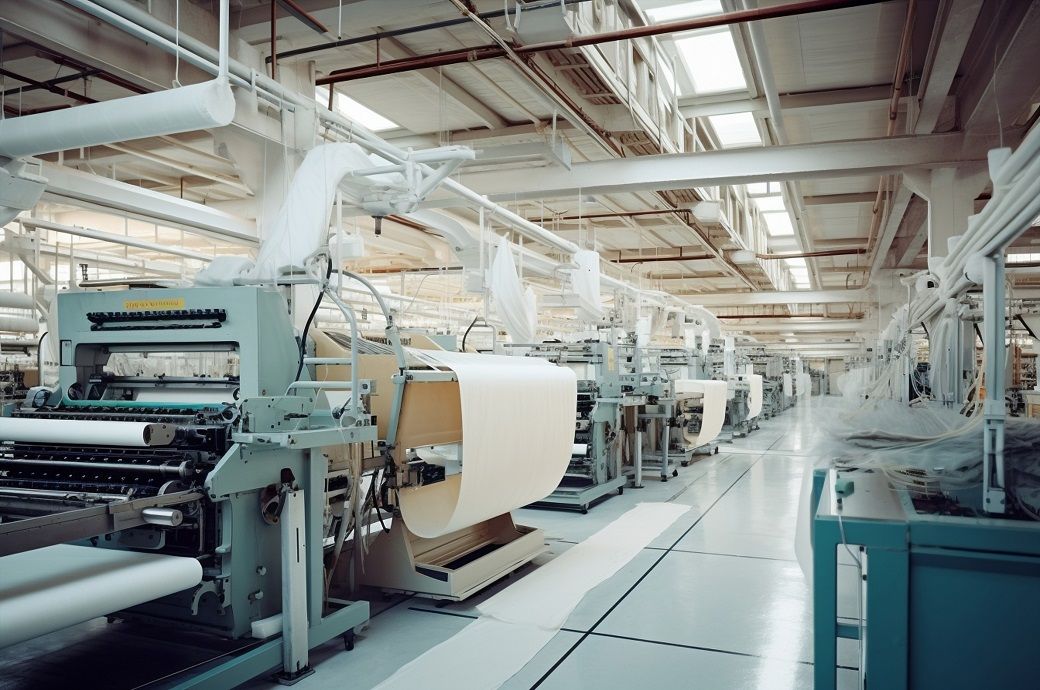
Manufacturing output in the Netherlands has increased nearly 20 fold over the past century, growing at an average annual rate of 3 per cent, according to Statistics Netherlands (CBS). As part of its 125th-anniversary celebrations, CBS has highlighted the significant transformations in the country's manufacturing landscape since it began tracking data in 1922.
In the early 20th century, industries such as textiles played a vital role. However, after World War II, the focus shifted to reconstruction, resulting in a substantial boost in output. By 1974, manufacturing output was over four times higher than in 1949. The oil crises of the 1970s caused rising costs and stagnation, but the industry adapted in the 1980s by focusing on high-end manufacturing and advanced techniques, leading to renewed growth. Despite challenges like the financial crisis and the COVID-19 pandemic, manufacturing output has continued to expand in recent decades.
The textile, clothing, and leather industries experienced their peak production in the 1960s, with clothing output doubling between the 1950s and 1964. However, these industries began to decline in the mid-1960s due to competition from countries with lower wages. By 2023, production volumes in clothing and leather had fallen to less than half their 1960s peak, while textile production had shrunk by a quarter.
In contrast, the machinery industry has seen remarkable growth, with output increasing more than fivefold since 1990, far outpacing the overall industry’s 81 per cent growth over the same period. The sector has shifted from standard machinery production to advanced equipment with output tripling between 2016 and 2023.
The share of the workforce employed in manufacturing has declined significantly over the past century. While 28 per cent of the labour force worked in manufacturing in the 1920s, this figure peaked at one-third in 1960 before steadily dropping to just over 8 per cent in 2023.
Fibre2Fashion News Desk (HU)